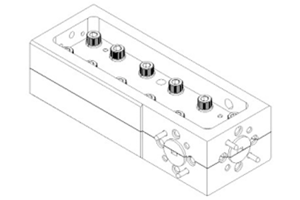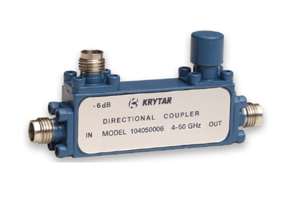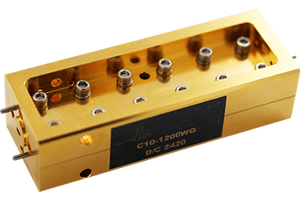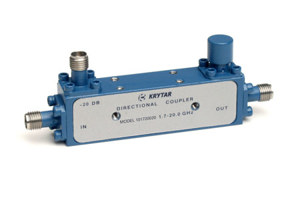Couplers
ABOUT
In electrical circuits, there are three basic types of coupling for electricity. There is restive coupling, hard wire coupling, and natural conductor coupling. These couplings have different advantages and different uses in electricity and electromagnetic uses. Specific to electromagnetic coupling in the induction field is the electro dynamic coupler, the electrostatic coupler, and wave coupling. Couplings used in electromagnetic situations differ with the type of electromagnetic environment. If it’s radiation, then radio couplings are used as well as microwave couplings.
The use of couplings in electrical circuits is something that has been stable for a very long time. They are used to connect to functional circuits for the purpose of tying their energy together or to form a bridge in an effort to share the energy source. The noun comes from the railway industry where two carriages are said to be coupled by a coupling so that they may share the engine pull. In this case the transfer of energy is in series where the engine pulls the first car; the first car is coupled to the second car and is pulled by the first and so on down the line until it gets to the brake van. Coupling is the simple concept of sharing energy, just like in the train example.
In the use of electromagnetic couplers, they are more than likely to be shielded so that no magnetic force is leaked and that it is made from conductive elements inside and resistive materials on the outside in addition to their shielding. Coupling technology has been advancing over the last decade where couplings have been brought successfully into the optical industry for fiber optic coupling as well as the nanotechnology industry for particle coupling.








